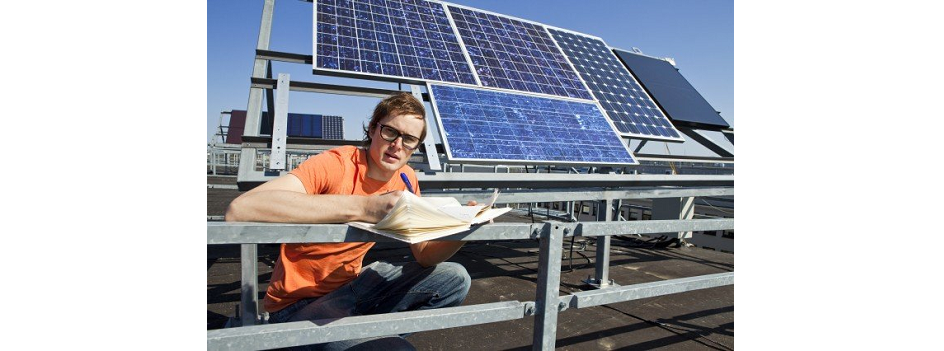- Estonia’s Ministry of Economy and Infrastructure has announced a small scale renewable energy auction calling it the country’s first such auction
- It will allow small wind turbines, solar panels and biogas plants with 50 kW to 1 MW capacity to compete
- Ceiling tariff for support is capped at the current subsidy rate of €53.7 per MWh and it cannot exceed €93 per MWh at market price
- Government will be looking at contracting 5 GWh of annual renewable energy from the winners of this auction beginning 2021
Last date to submit bids to national transmission system operator Elering is March 18, 2020
The Estonian Ministry of Economy and Infrastructure (MKM) has officially launched the country’s first small scale renewable energy auction seeking to procure 5 GWh of clean power annually from small wind turbines, solar panels and biogas plants. The Minister Taavi Aas says in this first round, the government will test the market capacity, basis that it will go in for large-scale purchase of green electricity in the future.
Auction winners will be decided according to the lowest bid offered for the state support sought. Ceiling tariff for this support is capped at €53.7 ($59.4) per MWh, which is the current subsidy rate for all renewable energy technologies except for biomass, and cannot go beyond €93 ($103) per MWh at market price. Contracts will be signed for 12 years and will come into effect from 2021. Eligible technologies will need to offers bids for systems ranging between 50 kW and 1 MW.
Elering, the national transmission system operator, will accept bids from those interested till March 18, 2020.
According to The Baltic Course report the old support scheme for renewable energy ended in 2018 in Estonia. The auctions mark the next phase with renewable electricity produced by the winners through the lowest bids will enter the market.
Estonia’s national target for renewable energy in its total electricity mix is 25% by 2020, which it already achieved in 2017. It is now aiming for a 50% share under the National Development Plan of the Energy Sector until 2030 (NDPES 2030). In its Estonia focused Energy Policies of IEA Countries report, the International Energy Agency (IEA) says the goal is achievable but for this Estonia would need to develop strategic plans with clearly defined deployment pathways to address the challenges to an accelerated renewable energy deployment.
Elering reported in third quarter of 2019, renewable energy plants in the country generated 399 GWh of clean power, thus enabling renewables to account for 20.2% of the Estonia’s total power consumption, which is higher than the national target of renewable energy for 2019 set at 15.7%. This was though lower than the last two quarters, it said. Solar power generated three times more than in Q3/2018, making up 6% of total renewable energy output during the period.
Even as biomass and wind play bigger roles in the Estonian renewable energy market, the number of small scale solar panel deployment is growing thanks to government subsidies. This solar power is used onsite for captive consumption and the excess is fed into the grid.
Elering said in 9M/2019, it earned €61.9 million ($68.5 million) through renewable energy charges and paid €65.9 million ($73 million) in subsidies.












